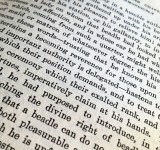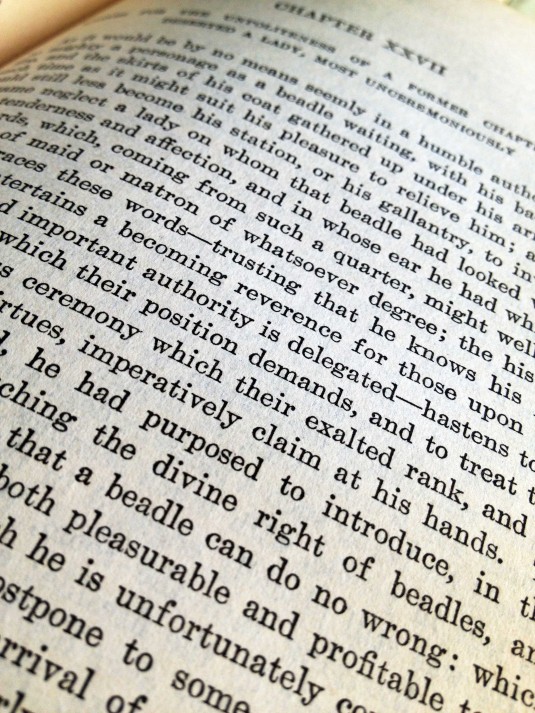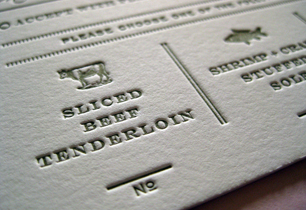Letterpress U: Stereotypes and Onomatopoeia
Imagine you’re a printer in the 1800s. You’re about to print a novel by a best-selling author. You’ve painstakingly set all the type by hand, hundreds of thousands of letters, and now you have to decide how many copies to print. Well, you can only afford to print a small run, but you know it’ll probably be popular, so you’ll sell out and have to print a second edition soon. Which is great, except you don’t have enough type to leave it all set up for that next edition, which means you’d have to set it all again…all those hundreds and thousands of letters would have to be reset and reformatted, which would lose money and time. What’s a printer to do?
Enter the invention of the stereotype. Bet you didn’t know that was a printing word, did you? Broken down into it’s lovely Greek bits, the word stereotype basically means a solid impression. Printers would take the handset type they’d set, make a papier-maché mold of that type, and then pour hot metal into the mold and voila! a single, solid sheet of type all set they way you want it instead of lots and lots of individual letters. Invented by a fellow named William Ged when he was working on printing the Bible at Cambridge in 1725, it didn’t really get popular until the beginning of the 19th century when Charles Stanhope improved the process. With the advent of the stereotype, if you had to reprint a book, you just took out all the stereotypes and printed away! No more resetting the type every time you needed another copy.
So, how did stereotype come to have its current definition and what does all this have to do with onomatopoeia? Today, we use the word stereotype to describe a quality of sameness, to indicate a group of things or people who we perceive (often negatively) to behave or look or live in a similar way. Well, since when you make and use a stereotype, you’re basically making an exact copy of something, the word eventually became a metaphor for an idea that is repeated or copied exactly. Eventually, that metaphor led to its current meaning.
And as far as onomatopoeia goes, the French word for a printing stereotype is cliché. It’s an onomatopoeic word based on the sound of the hot metal hitting the mold. Much like the evolution of the meaning of stereotype, cliché (in English at any rate) now means something that’s been repeated so much that it’s lost its originality. Just another fun and dandy way old print terminology is affecting you every day!







